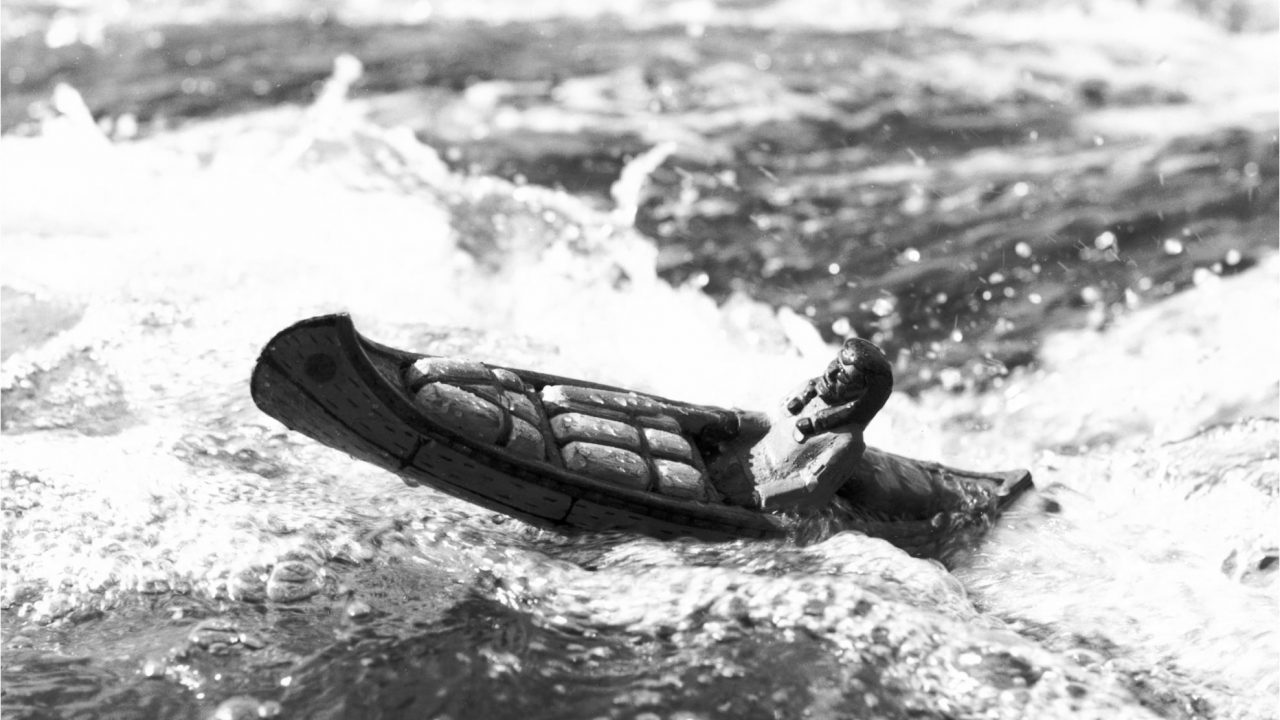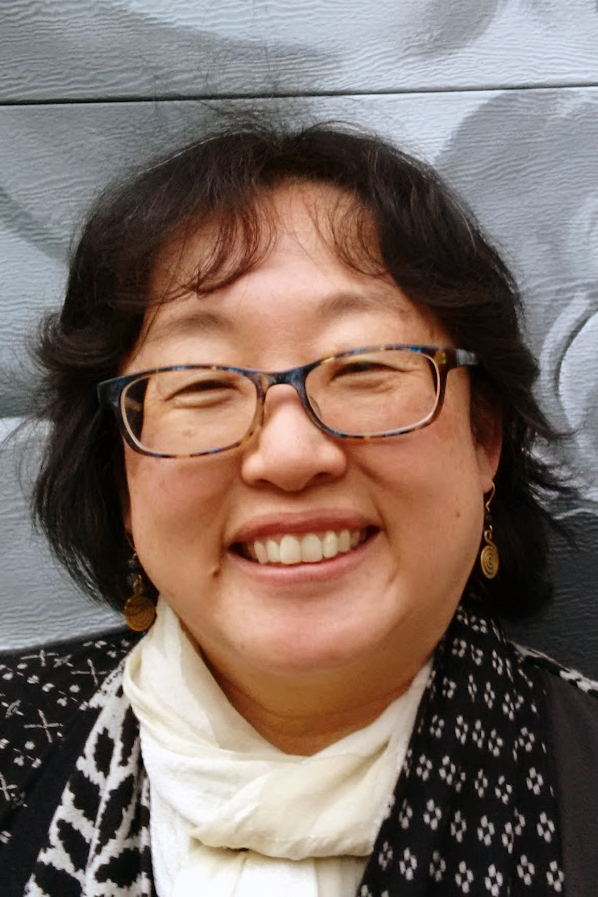
#MyNFB: Paddle to the Sea
#MyNFB: Paddle to the Sea
It’s June, 1970, close to the end of the school year. I’m in Grade One at Lynwood Elementary School in Edmonton, Alberta. Our class is going to the gym to watch a film. It’s the first time I’ve ever seen a film in a big room like this.
We all file in and sit down cross-legged. There are rows of children I’ve never seen before, kids much bigger than me. The lights go down. Then, from way at the back of the room, there comes a clicking sound, followed by whirring, and suddenly, images appear on the screen. I recall seeing an Indigenous boy carving a miniature canoe out of wood.
That canoe will slide down the slippery slope of my memory and get lodged somewhere in the muck of time before it reaches the river. Meanwhile, seasons will pass, and the child who watched that film will grow up and become a writer.
Writers, says literary critic John Metcalf, “apprehend the world as holy, overpowering in its physical immediacy and wonder, and the images that sear them burn for the rest of their lives.”
That boy carving the canoe and the man who made the film, Paddle to the Sea, Bill Mason, are cut from the same cloth. It wasn’t until I was in my late forties that I even knew who Bill Mason was and what paddling a canoe would be like.
Paddle to the Sea , Bill Mason, provided by the National Film Board of Canada
I moved from Alberta to Manitoba when I was an adult. My son went to the camp on Lake of the Woods where Bill Mason was first exposed to the wilderness he made a career out of filming. At that camp, children are taught how to paddle canoes and worship God.
First Nations people call God “Creator.” Because God created. Now my son wants to be a filmmaker.
He wants to create, like the boy who fashioned out of wood a boat that would take Bill Mason, the filmmaker, on the journey of his career, that lifetime of “apprehending the world as holy and overpowering in its physical immediacy and wonder.”

Sally Ito is a writer and translator who lives in Winnipeg. She often checks films out on the NFB Blog and has used them in her teaching of creative writing and literature at the university level. Paddle to the Sea was her first encounter with an NFB film.




i am first nation..and first nations never considered the creator the same as god..creator was never formed or manifested into a male god like the imaginary god of the white people..and that is a fact..native culture is spiritual and was never religious and they never needed to fear the unknown.